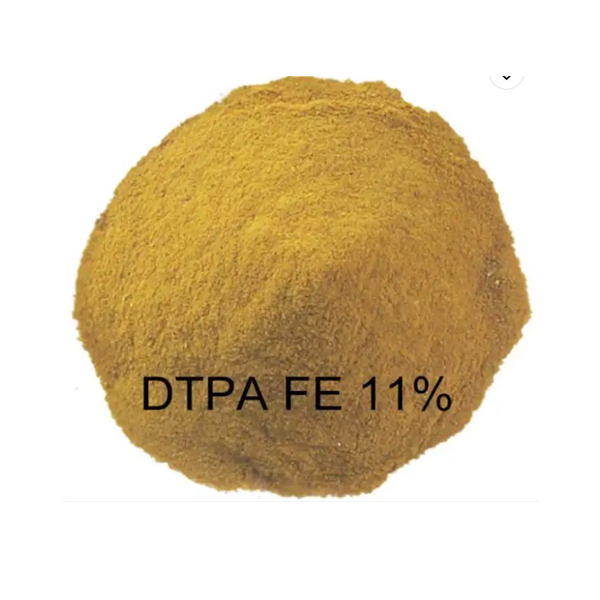Chelating agents are essential in modern agriculture for enhancing nutrient availability and uptake by plants. They work by binding essential micronutrients like iron, zinc, and copper, preventing them from reacting with soil compounds and making them more accessible to plants.
Nutrient Stabilization: Chelating agents like EDTA, EDDHA, and IDS bind essential micronutrients (e.g., iron, zinc, copper) to prevent them from reacting with soil compounds, ensuring plants can absorb them effectively.
Iron Deficiency Correction: Agents such as EDDHA are widely used to treat iron chlorosis, a common issue in alkaline soils, promoting healthier and greener crops.
Fertilizer Efficiency: By stabilizing nutrients, chelating agents enhance the performance of fertilizers, reducing waste and improving crop yields.
Soil Health: They help maintain balanced soil chemistry, supporting sustainable farming practices.
Why Use Chelating Agents in Agriculture?
Boost nutrient uptake and crop productivity.
Prevent nutrient deficiencies, especially in challenging soil conditions.
Support eco-friendly farming by optimizing fertilizer use.
-
쉽게 효과를 발휘하는 고품질 미량 영양소—DTPA-FE
DTPA는 고품질 킬레이트제로서 철 이온에 대한 킬레이트 능력이 뛰어납니다. 쉽게 효과적인 킬레이트 미량 영양소인 DTPA는 기존 킬레이트제보다 우수한 성능을 가지고 있습니다. -
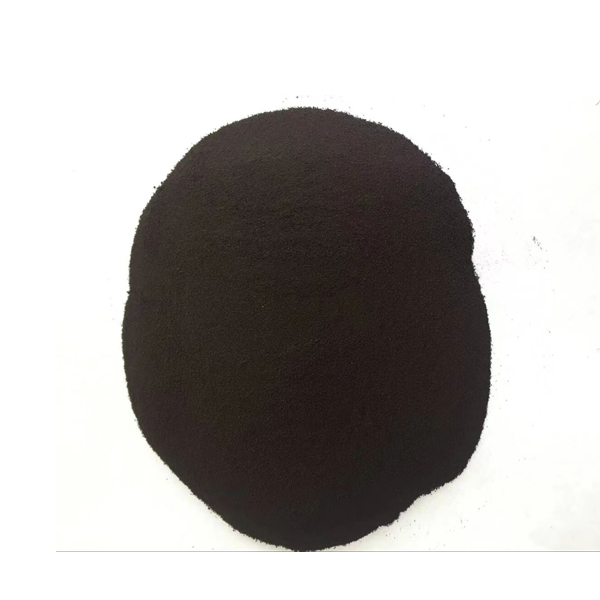
쉽게 효과를 발휘하는 고품질 미량 영양소—EDDHA
고품질 킬레이트제로서 EDDHA는 철 이온에 대한 킬레이트 능력이 뛰어납니다. 쉽게 효과적인 킬레이트 미량 영양소인 EDDHA는 기존 킬레이트제보다 우수한 성능을 가지고 있습니다. -
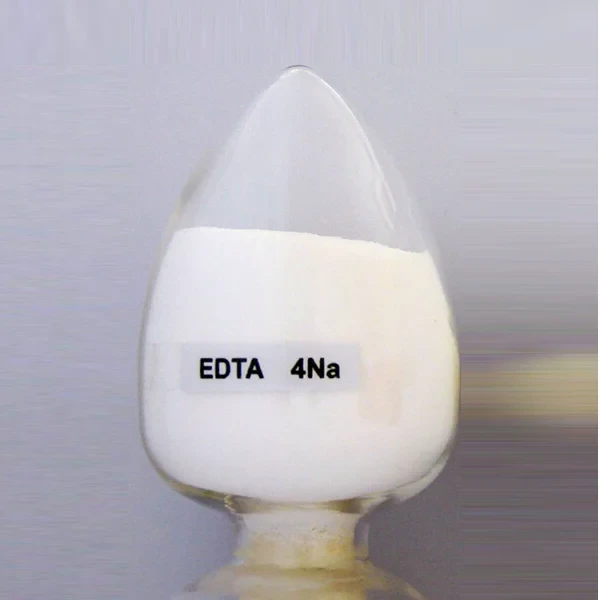
에틸렌디아민사아세트산사나트륨염(EDTA-4Na)
CAS 번호: 13235-36-4 분자식: C10H12N2O8Na4 특성: 백색 결정성 분말. 물에 용해되며 다양한 금속이온과 킬레이트화 가능 -
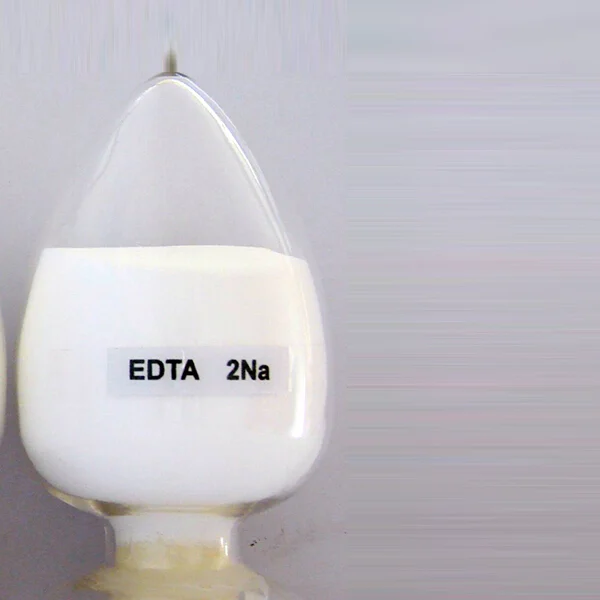
에틸렌디아민4아세트산이나트륨(EDTA-2Na)
이나트륨 EDTA(EDTA-2Na), 99% 분자식: C10H14N2O8Na2 분자량: M=336.206 CAS 번호: 6381-92-6;139-33-3 특성: 백색 결정성 분말. 물에 용해되며 다양한 금속이온과 킬레이트화 가능 -
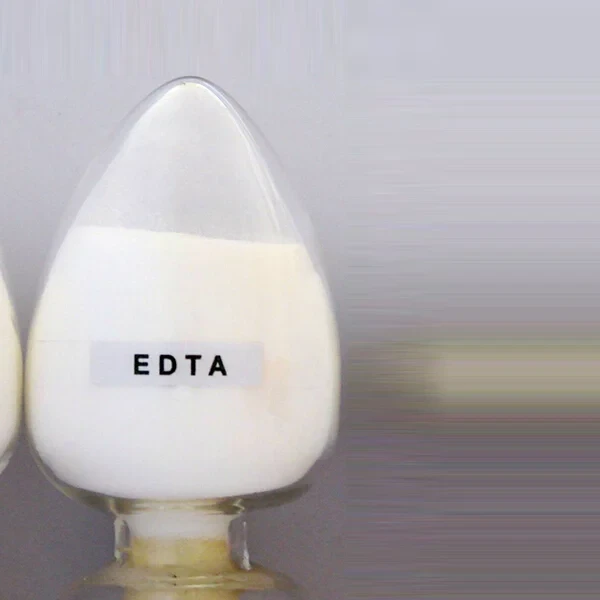
에틸렌디아민사아세트산(EDTA-acid)
제품명: 에틸렌 디아민 테트라아세트산 CAS 번호: 60-00-4
Why EDTA is a Chelating Agent?
EDTA (Ethylenediaminetetraacetic acid) is a powerful chelating agent widely used across industries due to its ability to bind and stabilize metal ions. Its molecular structure features multiple carboxylate groups that form strong, stable complexes with metal ions like calcium, magnesium, iron, and heavy metals. This makes EDTA highly effective in:
Water Treatment: Preventing scale and corrosion by sequestering metal ions.
Agriculture: Enhancing nutrient availability in fertilizers.
Cosmetics and Pharmaceuticals: Stabilizing formulations and preventing metal-induced degradation.
Cleaning Products: Improving detergent efficiency by softening water.
Despite its effectiveness, EDTA’s poor biodegradability has led to environmental concerns, driving demand for eco-friendly alternatives like IDS (Iminodisuccinic acid). However, EDTA remains a popular choice for its unmatched chelating performance and versatility.
What is the Function of a Chelating Agent?
Chelating agents are compounds that bind and stabilize metal ions, preventing them from causing unwanted reactions. Their key functions include:
Preventing Scale: By sequestering calcium and magnesium ions in water treatment.Enhancing Cleaning: Softening water and improving detergent efficiency.
Boosting Agriculture: Increasing nutrient availability in fertilizers for better crop growth.
Stabilizing Formulations: Protecting cosmetics, pharmaceuticals, and industrial products from metal-induced degradation.
Popular chelating agents like EDTA and eco-friendly alternatives such as IDS (Iminodisuccinic acid) are essential for improving performance across industries while addressing environmental concerns.
EDDHA Agricultural Fertilizer for Crop Applications
EDDHA (Ethylenediamine-N,N'-bis(2-hydroxyphenylacetic acid)) is a highly effective iron chelate fertilizer used to prevent and correct iron deficiency in crops. Its key benefits include:
Strong Chelation: Stable in a wide pH range, ensuring iron availability in alkaline soils.
Improved Crop Health: Enhances chlorophyll production, leading to greener leaves and higher yields.
Versatile Use: Suitable for a variety of crops, including fruits, vegetables, and cereals.
EDDHA fertilizers are applied through soil or irrigation systems, making them a reliable solution for combating iron chlorosis and boosting agricultural productivity.


